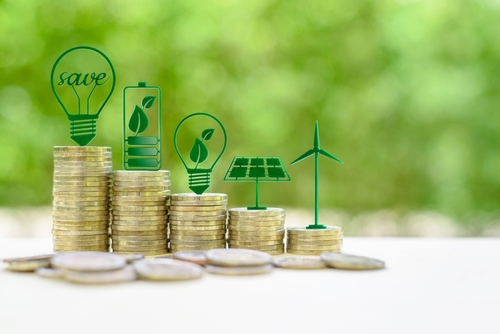The U.S. Department of the Treasury and the Internal Revenue Service (IRS) proposed a rule that creates a program promotes clean energy investments located in low-income communities, on Indian lands, or directly benefitting low-income households.

The Clean Electricity Low-Income Communities Bonus Credit Program, created by the Inflation Reduction Act, seeks to ensure that underserved communities and households share in the benefits of the growth of the clean energy economy.
The 48E(h) Clean Electricity Low-Income Communities Bonus Credit Program builds on the Low-Income Communities Bonus Credit Program, also known as 48(e). The change from 48(e) to 48E(h) opens the program to clean energy technologies beyond wind and solar, including hydropower and geothermal.
Further, it coincides with the Treasury’s efforts to make the benefits of the Clean Electricity Production Credit and Clean Electricity Investment Credit available to clean energy facilities with a greenhouse gas emissions rate of zero or less.
“Incentives to develop clean power in communities that have been overlooked and left out for too long will drive investment and create opportunity, helping ensure that the growth of the clean energy economy benefits all Americans,” U.S. Deputy Secretary of the Treasury Wally Adeyemo said. “The Biden-Harris Administration is continuing to prioritize lowering energy costs and strengthening our energy security, and today’s announcement represents a major step forward.”
Starting in 2025, according to the proposed rule, 1.8 gigawatts of Capacity Limitation will be available annually for allocation under the program. This will continue through the later of either the calendar year when certain greenhouse gas emissions reductions are met or 2032.
The allocated credit provides a 10 or 20 percentage point boost for non-combustion and gasification facilities under 5 megawatts on top of the 30 percent 48E Clean Electricity Investment Tax Credit.
“The Low-Income Communities Bonus Credit Program is the most significant tax incentive in U.S. history to promote clean energy investments in low-income communities, on Tribal land, and within affordable housing,” U.S. Deputy Energy Secretary David Turk said. “By expanding the current program to include additional types of clean technologies, this game-changing policy is yet another example of how the Biden-Harris Administration is delivering a more equitable energy transition.”
The proposed rule incorporates best practices learned from the successful implementation of the 48(e) program in 2023 and 2024, including maintaining much of the current program’s paperless, user-friendly platform.
Also, the rule proposes updated definitions to expand financial benefits delivery mechanisms to account for future technologies and ensure additional benefits flow to low-income subscribers.
Treasury has initiated a 30-day comment period on the proposed rule. It will also host a public hearing on Oct. 17 and a Tribal consultation on Sept. 27.